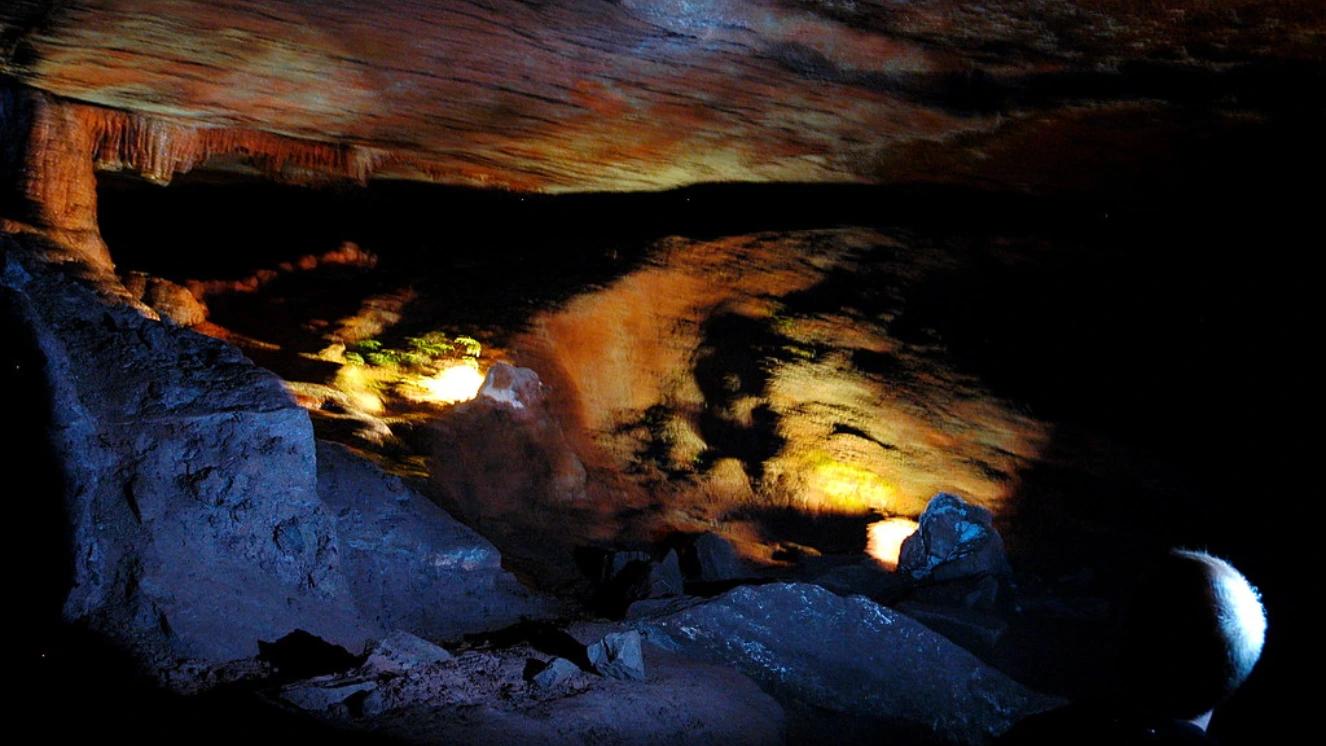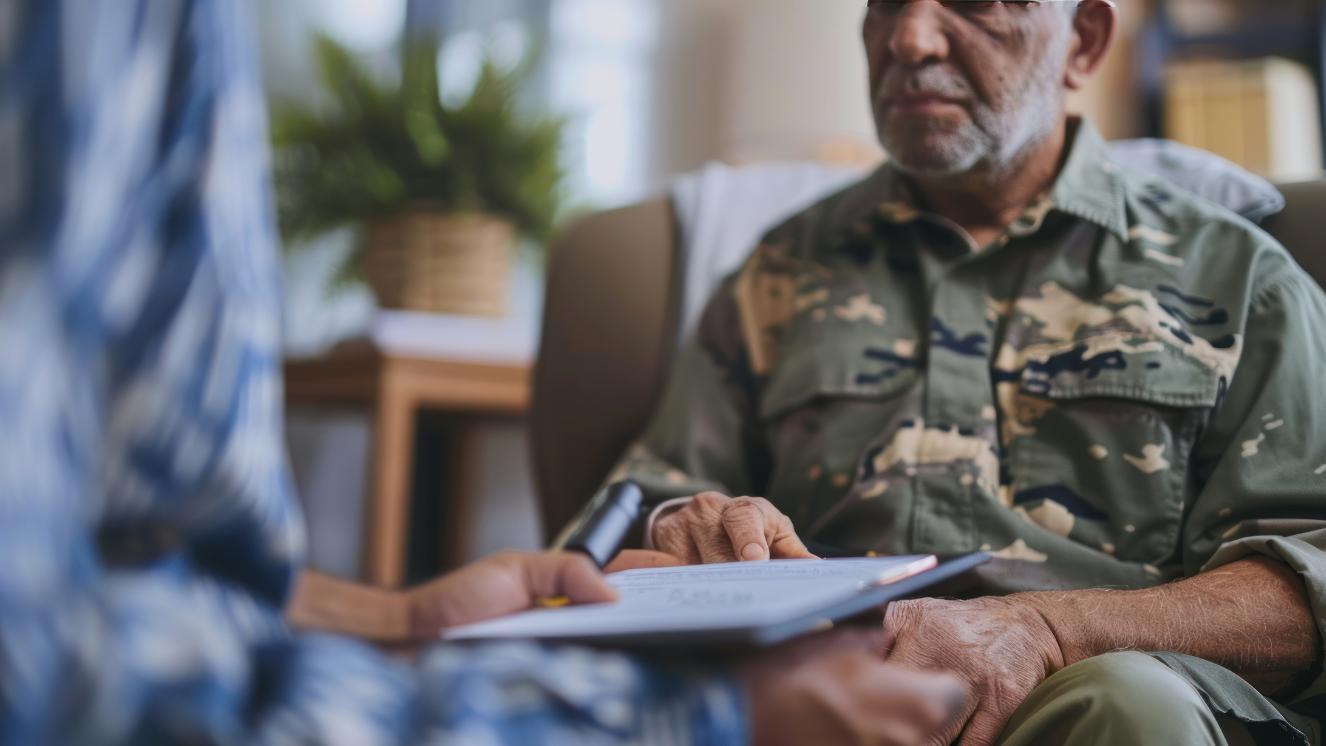EVERYTHING YOU NEVER KNEW ABOUT GHILLIE SUITS

One of the concepts that seems like common sense to us today has a relatively short history. Camouflage in warfare wasn’t a widespread strategy until 1914 in France. The idea came together thanks to artists such as Lucien-Victor Guirand de Scévolad. But what predated the wide acceptance of camo in France, and then the rest of the world, was the ghillie suit. The first ghillie suits ever worn in combat were donned by British soldiers during the Second Boer War. Suggested read:Wilderness Therapy: What Is It? How It's Helping Veterans Mental Health?
What Is a Ghillie Suit?
If you haven’t seen this camo garb, picture a small-to-medium-sized bush that sits completely still and blends perfectly into its surroundings. Now picture that same bush with an undetectable rifle and a highly trained warrior inside. A military ghillie suit is a tool used to help soldiers disappear into their surroundings and become undetectable. There is an obvious advantage to be had when you can see and attack your enemy, but they can’t see you. Ghillie suits offer one of the best ways to blend into your terrain in the field. This can save your life, as well as provide an important tactical advantage.
The History of the Ghillie Suit
The name comes from the Scots Gaelic word gille meaning outdoor servant. This makes a ton of sense seeing as Scottish gamekeepers were the first to ever use them. It was invented as an idea for a portable hunting blind. The Lovat Scouts were a Scottish Highland regiment created by Simon Fraser, 14th Lord Lovat, that served in the Second Boer War. Since this time, many different military organizations from around the world have adopted the idea and implemented it within their branches. A sniper ghillie suit is probably the most iconic example of the gear, popularized by video games such as Call of Duty, as a way for players to better conceal themselves from enemies. Hunting ghillie suits are also popular in some circles, particularly for hunters who stalk wild turkeys. It's important to note that, from a tactical standpoint, ghillie suits are not always the best option, however. They have many obvious strengths, but they are also very heavy when compared to other forms of clothing. They can limit mobility, trap water and cause hypothermia, and can be very flammable without proper treatment.
How To Make Your Own Ghillie Suit
Many websites have ghillie suits available, but if DIY is your thing, we’ve got you covered.
- Grab a camo vest, jacket, and pants, and remove any identifying information including, names and patches. You’ll want to avoid ripping holes in it, but you’re going to need to blend in as much as possible, so these items must go.
- You’ll need to get a poncho that fits over your vest.
- Sew netting into your clothing and make sure it's secure, as you’ll be using this suit in very active environments.
- Grab colored jutes and/or burlap straps that mesh well with your clothing and the place where you’ll be using your camouflage. If yellows and browns are more prevalent where you are, then stick to those colors. If you're in or near a forest with browns and greens, you’ll want to go that route. Match your netting with your clothing and be sure to sew things that blend together, not stick out from a color perspective.
- Avoid gaps and patterns because you’ll want a bit of randomness to help you look more natural.
- A ghillie suit can take a lot of painting, sewing, and tying. The point is to be patient. Stick to the process and keep testing things to find the best mix that works to help you blend into your environment.
From hunting to recreational activities such as airsoft, ghillie suits continue to pop up for enthusiasts. Using your environment as a tool to defeat your opponent is a key principle for any battle. Ghillie suits help you take things to the next level and can be a fun project for anyone to undertake. More like this:The Ultimate Military Poncho Options Everyone Needs To Consider



